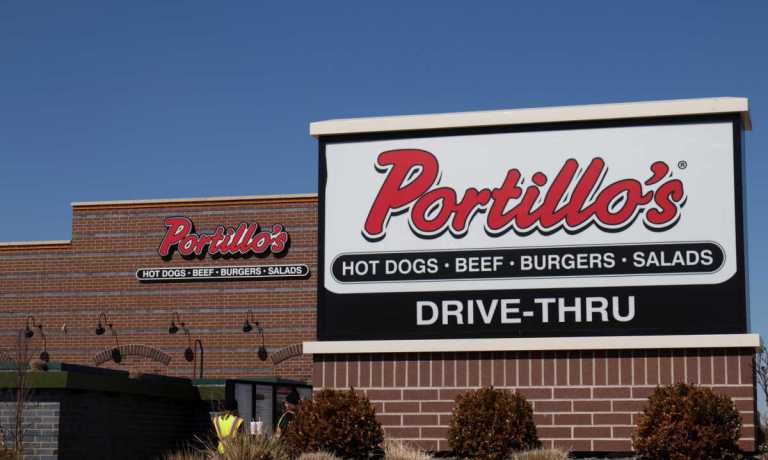Chili’s Closes Delivery Test Kitchen as Brands Rethink Off-Premises Fulfillment

This week in restaurants, Chili’s closes its off-premises-only location and brands refine their drive-thrus.
Casual dining brand Chili’s seems to be focusing on the onsite experience. The brand has closed down the pickup and delivery-only location it was testing in Dallas, Texas. The move was intended to fulfill off-premises demand with lower overhead cost, with the location running in a significantly smaller space.
“We recently closed our Chili’s delivery/carryout location on Mockingbird near SMU [Southern Methodist University] to strengthen the core Chili’s business and focus on innovation within our four walls,” a spokesperson from Chili’s parent company Brinker International told PYMNTS in an email. “With off-premises being one-third of our business or $1 billion annually, we know we have opportunities to refine our To-Go experience and that work is in progress.”
The spokesperson noted that the brand’s priorities include boosting kitchen efficiency, focusing on core menu items and improving digital technologies.
The closure, first noted by Nation’s Restaurant News, comes about two months after the location’s opening in November.
The move highlights the way the digital shift affects different sectors of the restaurant industry differently. While quick-service restaurants (QSRs) may be getting smaller and smaller as their customers shift to digital ordering, and while fast-casual brands may benefit from supplementing their typical stores with smaller-format locations, casual dining is a different story. It seems that the latter’s customers expect the full-service experience when they interact with the brand.
Yet this does not mean that casual dining brands are unable to generate additional revenue from the rise of online ordering. Rather, it requires careful branding. Many casual dining companies, Brinker included, have opened ghost kitchen chains under different names, maintaining the integrity of their full-service brands while generating revenue from digital channels.
Portillo’s Goes Cashless at the Drive-Thru
Speaking of fast-casual chains’ off-premises initiatives, Portillo’s has gone cashless at its drive-thrus as of Monday (Jan. 16). The company announced the move at the 2023 ICR Conference, as Restaurant Dive reported, attributing the shift to a desire to improve worker safety, keeping them safe from weapon-point robberies.
While the company may cite employee safety as the reason, it seems likely that brands’ race to offer the most efficient drive-thru experience may also be a significant factor. After all, tapping a card is faster than counting out change, and the restaurant chain is adding mobile wallet acceptance as well, further enabling quick and efficient payments.
Portillo’s CEO Michael Osanloo acknowledged this benefit.
“It’s good for us. We get more people through faster,” he reportedly said. “It’s a positive experience.”
Del Taco Looks to Boost Drive-Thru Efficiency With Voice-Ordering
In a more direct move to improve drive-thru efficiency, QSR chain Del Taco, which has about 600 restaurants across 16 states, is expanding its test of artificial intelligence (AI) voice ordering technology from tech provider Presto, the restaurant recently announced. The system takes drive-thru customers’ orders without human labor.
“The Presto platform and team have exceeded our expectations and we are excited as we prepare to deploy the solution at additional restaurants across the nation,” Kevin Pope, vice president, operations innovation at Del Taco, said in a statement.
In an August interview, Rajat Suri, founder and CEO of Presto, told PYMNTS’ Karen Webster that this kind of technology will soon be ubiquitous.
“I think within five years, you’re going to see voice applications everywhere in restaurants,” Suri said, “because the technology has matured a lot, and it’s ready for prime time.”
Relatedly, Philippines-based QSR chain Jollibee, which has more than 6,300 stores across 34 countries, is looking to improve the drive-thru experience by getting onboard with the dual lane trend. The company recently announced that it is opening its first two-lane location in Orlando, Florida.